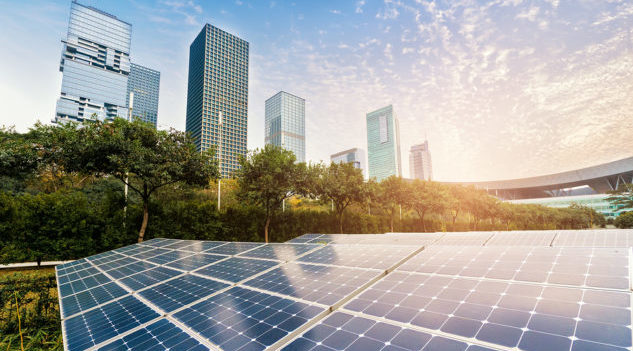A new report from the Australian Energy Market Operator (AEMO) has revealed that the future of renewable energy adoption very positive, with the prospect of full adoption seen as attainable in as little as three years’ time.
AEMO’s latest Electricity Statement of Opportunities report has forecast that renewable energy could supply up to 100 per cent of Australia’s electricity demand at certain times by 2025, and that renewables backed by storage will provide a stable, secure electricity supply with coal-burning power stations are set for retirement.
Greenpeace Australia Pacific’s Lindsay Soutar, who has lead the campaign for Australian businesses to adopt 100 per cent renewable electricity, said AEMO’s sunny outlook should spur businesses to move faster on their energy transition.
“Australia’s biggest businesses are already moving quickly on the energy transition, and today’s report from the operators of Australia’s energy grid should instil confidence in any still sitting on the fence, it’s time to seize the opportunity and make the switch to cleaner, cheaper renewable electricity,” Soutar said.
“With investors and customers increasingly demanding strong climate performance, and with coal power in terminal decline, smart Australian businesses like Woolworths, Telstra, Coles and Bunnings have already planned ahead to make the switch to 100 per cent renewable electricity by 2025,” she added. “ALDI has already reached its 100 per cent renewable electricity target.”
Soutar stressed that switching to 100 per cent renewable electricity is the most effective way for a company to reduce emissions and brings significant business benefits including a cheaper, cleaner electricity supply.
Tom Daunt, CEO of ALDI Australia, said that his company was already seeing the benefits of switching to 100 per cent renewable electricity.
“When we stood back and assessed our environmental footprint as a whole, we determined it made sense to first focus our efforts on the areas we could have the biggest impact,” Daunt said.
“We found 85 per cent of our carbon emissions were derived from the electricity we used to power our operations. To mitigate this we prioritised investments in wind and solar and now our entire business, including all our stores and warehouses, are now fully powered with 100 per cent renewable electricity.”














